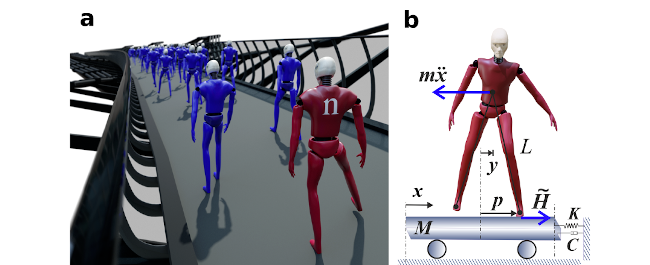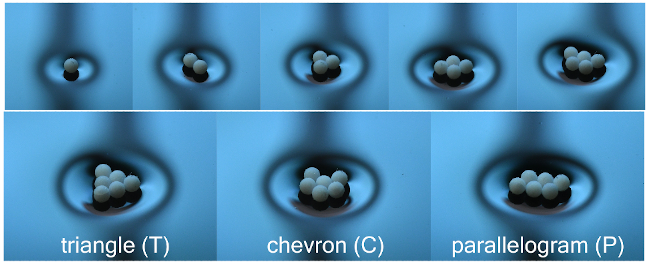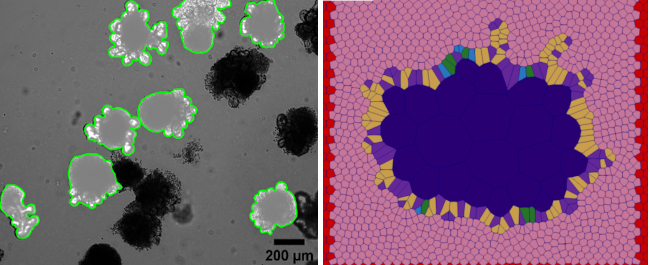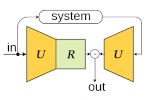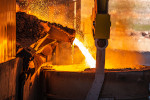Engineering Mathematics Research Group
The Engineering Mathematics Research Group uses mathematical, computational, and experimental methods to solve real-world engineering problems. Our interdisciplinary research focuses on five overlapping themes.
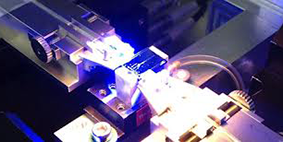 Learn more about Engineering Mathematics research
Learn more about Engineering Mathematics research
-
Theoretical and experimental mechanics
We combine mathematical modelling, numerical simulations, and experiments to better understand the mechanical responses of materials and how these can be used in modern applications.
-
Data-driven physical modelling
We are pioneering new approaches for identifying and constructing mathematical models from data.
-
Mathematical and engineering biology
Our researchers are constantly striving to advance the development of multi-scale mathematical and computational models of complex biological systems.
-
Applied nonlinear mathematics
We have a long-standing tradition of developing new mathematical methods for solving difficult nonlinear problems arising across all areas of engineering and the applied sciences.
-
Industrial mathematics
Many of our researchers engage with industry partners and use mathematical and computational methods to solve their problems.
